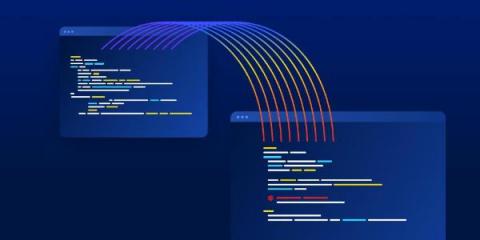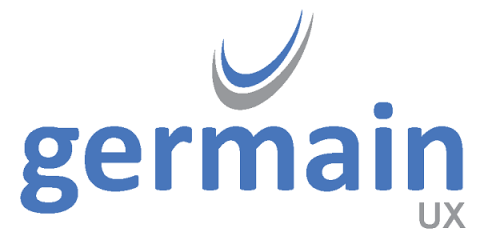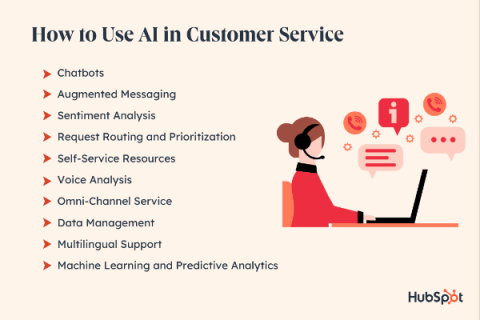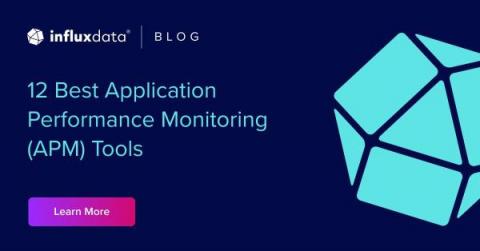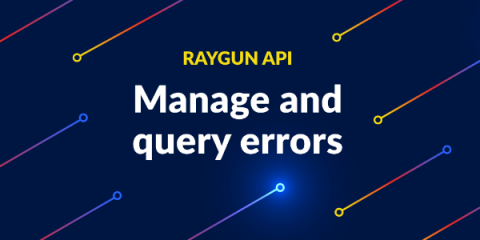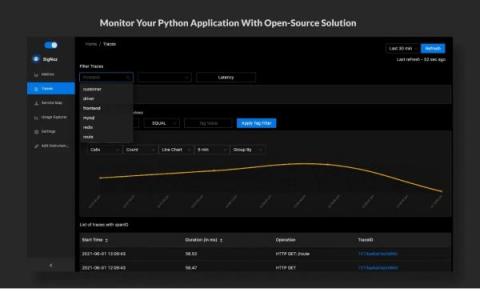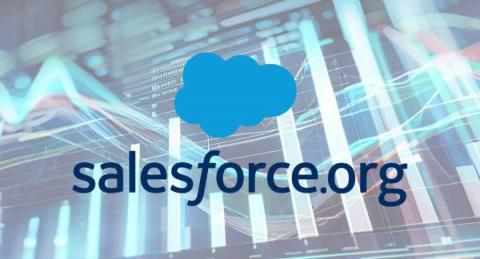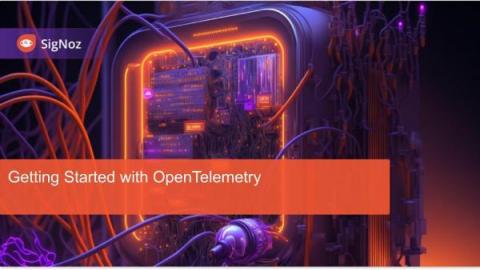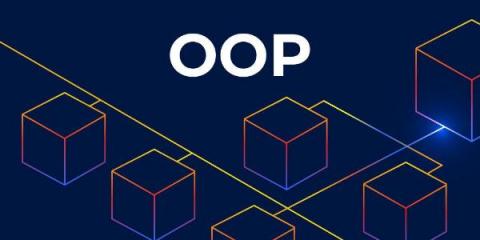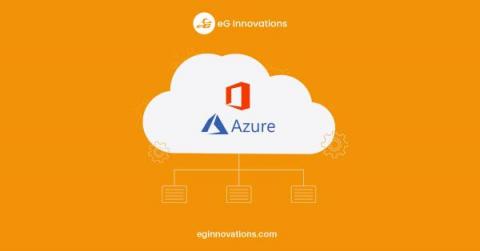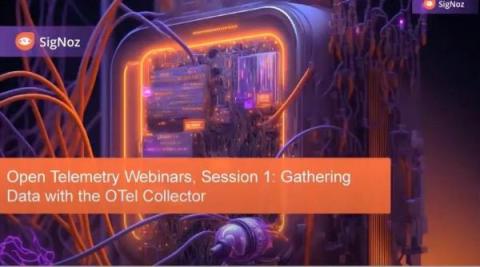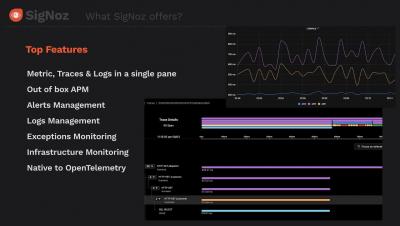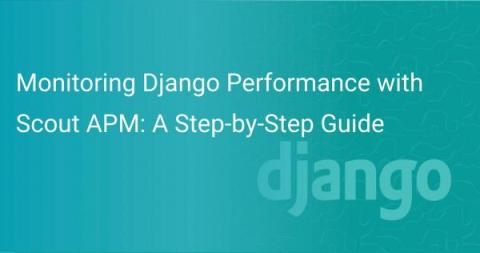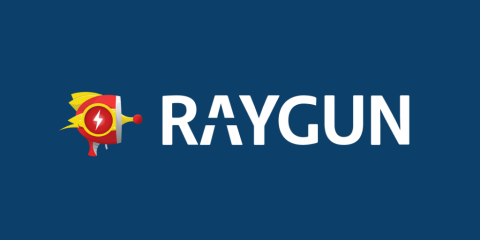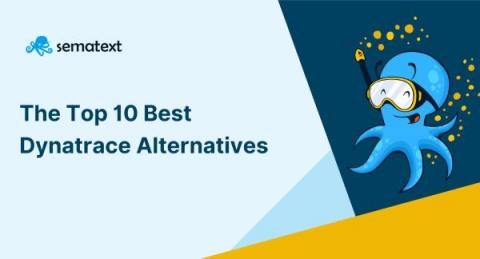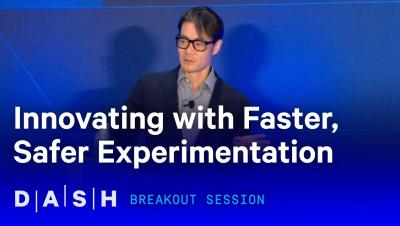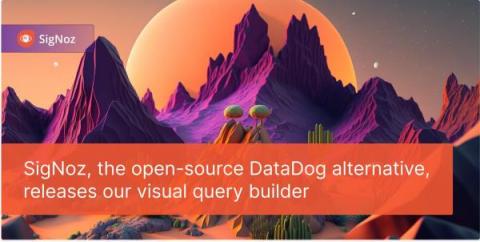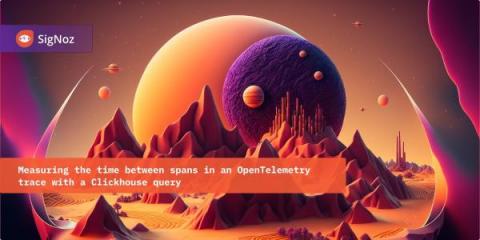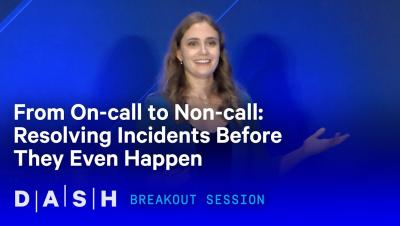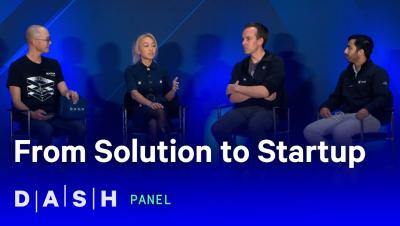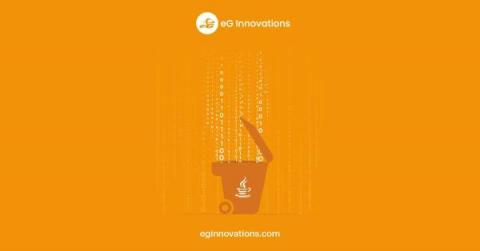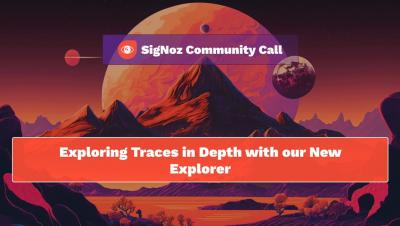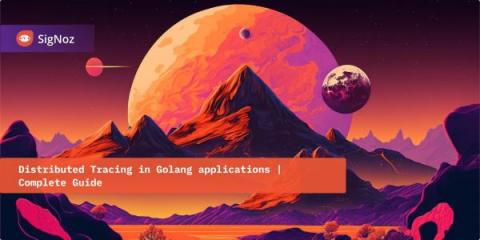Operations | Monitoring | ITSM | DevOps | Cloud
August 2023
Shift Left Monitoring: A Pathway to Optimized Cloud Applications
I recently worked on a customer project to migrate an in-house application to the cloud, using a shift-left monitoring and testing strategy. The original application was developed with LAMP architecture and was being migrated to Spring Boot to modernize it and then run it on the cloud. I was fortunate to be part of the conversation during the day-0 talks. Not all IT managers do this.
This Month in Datadog: DASH 2023 Recap, featuring Bits AI, Single-Step APM Instrumentation, and more
Datadog On Mobile Software Development
The Top 4 Use Cases for Generative AI in Customer Experience
6 Underutilized Ways to Use AI in Customer Service in 2023
The 10-Step Guide To Your Online Presence with Squarespace
The Leading APM Use Cases
The majority of users continually depend on a variety of web applications to meet their everyday needs, so a business’s success is now often proportionate to the success of its application performance. As a result, the importance of using an appropriate APM solution has become even greater to businesses globally. Application Performance Monitoring (APM) still continues to grow in popularity and is now considered a must for observing the health and performance of your organization's applications.
12 Best Application Performance Monitoring (APM) Tools
In today’s fast-paced world, applications are vital for driving businesses forward. However, without proper monitoring and insights into your application’s performance, you can’t identify what causes slow response times, high CPU usage, or database bottlenecks. But with an Application Performance Monitoring (APM) tool, you can gain deep visibility into your application’s performance by tracking critical metrics.
Introducing Error Groups to the Raygun API
Monitor your Python application with full stack open source APM tool - SigNoz
In this article, learn how to setup application monitoring for Python apps using an open-source solution, SigNoz.
25 Essential Salesforce Monitoring Strategies for Optimal Performance and Security
How a Globoplay engineer discovered the power of SigNoz, with Paulo Henrique de Morais Santiago
How eG Enterprise IT Monitoring Licensing is Cost-Effective and Flexible
IT monitoring tools are often complex to license and their licensing models are not always cost-effective. Today, I’ll cover some of the licensing models you may encounter as you evaluate IT monitoring tools. I will also highlight how eG Enterprise licensing makes it a cost-effective, affordable and flexible choice for our customers using our monitoring and observability platform.
AWS Monitoring Demo
Using Traces for Testing - SigNoz Community Call with TraceTest and DevOps Educator Paulo
OpenTelemetry Webinars - Getting Started with OpenTelemetry
Parsing logs with the OpenTelemetry Collector
Part two: 7 must-know object-oriented software patterns (and their pitfalls)
Top Microsoft Azure Cloud Services Explained with Use Cases
Microsoft Azure is one of the most comprehensive and broadly adopted cloud service providers in the industry, offering over 200 fully featured services from data centers globally. A wide spectrum of organizations across all verticals use Azure – to lower costs, become more agile and innovate faster. Tight integrations with the Microsoft ecosystem and product portfolio make Azure highly attractive to many.
OpenTelemetry Webinars: Getting Started with OpenTelemetry
Generative AI and Observability Automation - Sajid Mehmood & Michael Gerstenhaber
Optimizing cloud resources and cost with APM metadata in Elastic Observability
Application performance monitoring (APM) is much more than capturing and tracking errors and stack traces. Today’s cloud-based businesses deploy applications across various regions and even cloud providers. So, harnessing the power of metadata provided by the Elastic APM agents becomes more critical. Leveraging the metadata, including crucial information like cloud region, provider, and machine type, allows us to track costs across the application stack.
CTO Fireside Chat
Efficiency and Effectiveness
OpenTelemetry Webinars - Gathering data with the OpenTelemetry Collector
The Benefits of Using Application Performance Monitoring Software for Website Performance Optimization
Website performance optimization has become critical for businesses in this digital era. If you want to maintain a competitive edge and ensure exceptional user experiences, application performance software is necessary. This indispensable tool empowers businesses to monitor, analyze, and optimize their website and application performance proactively. This article will explore the seven key benefits of implementing APM software for website performance optimization.
Right Size, Right Performance, Right Time
SigNoz Demo - Application Monitoring (APM), distributed tracing, Logs Management, Exceptions, Alerts
Dashboards, Metrics & Alerts management in SigNoz
Exceptions Monitoring in SigNoz
Query Builder Capabilities in SigNoz
OpenTelemetry - Why it's important?
APM & Distributed Tracing in SigNoz
Logs Management & Correlating Logs with Traces in SigNoz
Monitoring Django Performance with Scout APM: A Step-by-Step Guide
Django is one of the most popular web frameworks for building applications. Its elegance and flexibility make it a favorite among developers, enabling them to craft intricate applications with ease. However, as applications grow in complexity and user traffic grows, the need for active performance monitoring becomes imperative.
New Raygun JS provider v2.27.0 to support performance timing
10 Best Dynatrace Alternatives [2023 Comparison]
Dynatrace has established itself as a prominent player in the field of application performance management, but given that Dynatrace is an expensive solution aimed at large enterprises, exploring your options is essential. This comprehensive article presents a handpicked selection of the top 10 Dynatrace alternatives, each offering distinct advantages and capabilities.
Top 10 Datadog APM Alternatives
When focusing on application performance monitoring (APM), there are currently many options to select from. With many of the tools available offering similar features, it can often be challenging to make an informed decision. One tool that appears to be on almost every list of ‘the best APM tools’ is Datadog.
The Darkside of GraphQL
Innovating with Faster, Safer Experimentation
Fixing Citrix Issues with eG Enterprise's Automation
Without any ability to self-heal, fixing Citrix usually requires manual intervention to remediate problems. This leads to time spent on mundane tasks managing the care and feeding of Citrix. Automation of these tasks for fixing Citrix provides: In our latest release, eG Enterprise v7.2, we have added new auto-correction and auto-remediation capabilities for Citrix administrators that remove the need for scripting. There are a few issues that can be a cause of constant frustration for admins.
Container Security Fundamentals - Linux Namespaces (Part 4): The User Namespace
Diving in to OpenTelemetry data with our new Trace and Logs Explorer
Measuring the time between spans in an OpenTelemetry trace with a Clickhouse query
SRE in Transition: From Startup to Enterprise
From On-call to Non-call: Resolving Incidents Before They Even Happen
From Solution to Startup
Deliver exceptional digital experiences with Cisco Cloud Native Application Observability
OpenTelemetry Webinars: Gathering data with the OpenTelemetry Collector
A guide to single-page application performance
Elastic APM - Automatic .NET Instrumentation with OpenTelemetry
What is Garbage Collection in Java: Detailed Guide
The Garbage Collection (GC) feature in the Java Virtual Machine (JVM) is truly remarkable. It automatically identifies and cleans up unused Java objects without burdening developers with manual allocation and deallocation of memory. As an SRE or Java Administrator you need a strong understanding of the Java Garbage Collection mechanism to ensure optimal performance and stability of your Java applications.
What Is APM and How Can It Help Your Services/Applications?
APM is one of those buzzwords that is slowly becoming a necessity. Most people are still unsure what APM means and how it can help their services. But what is it? What does it stand for? And how can it help your services or digital products? This blog will answer your questions—and more.


